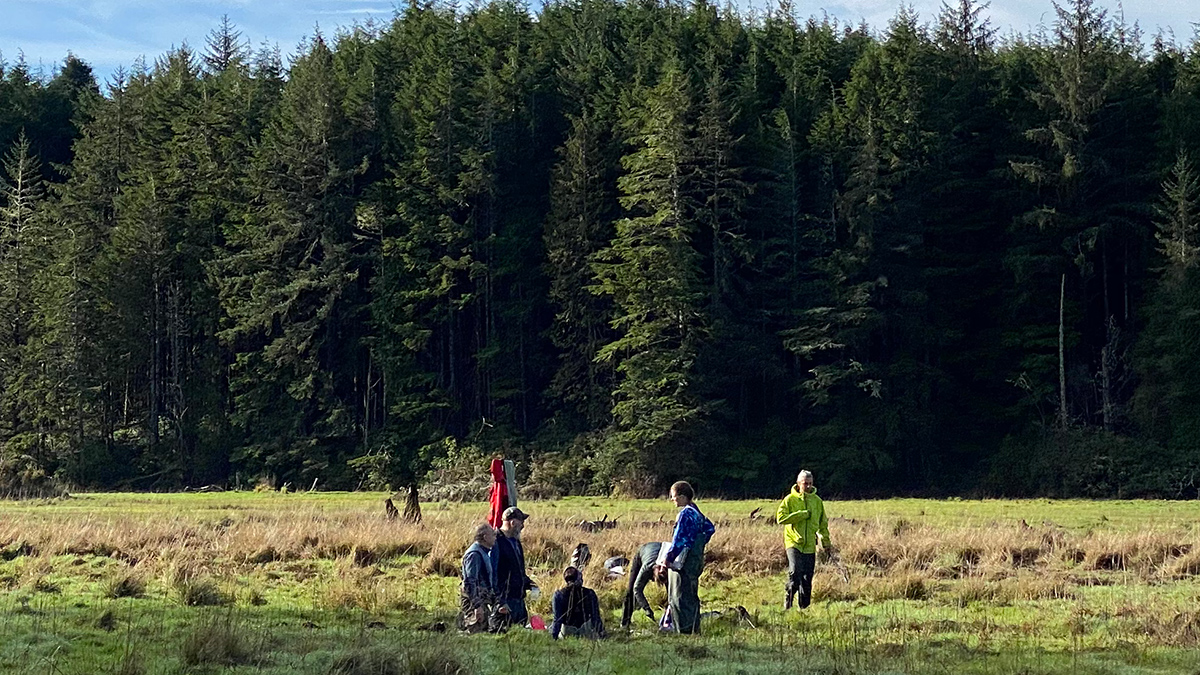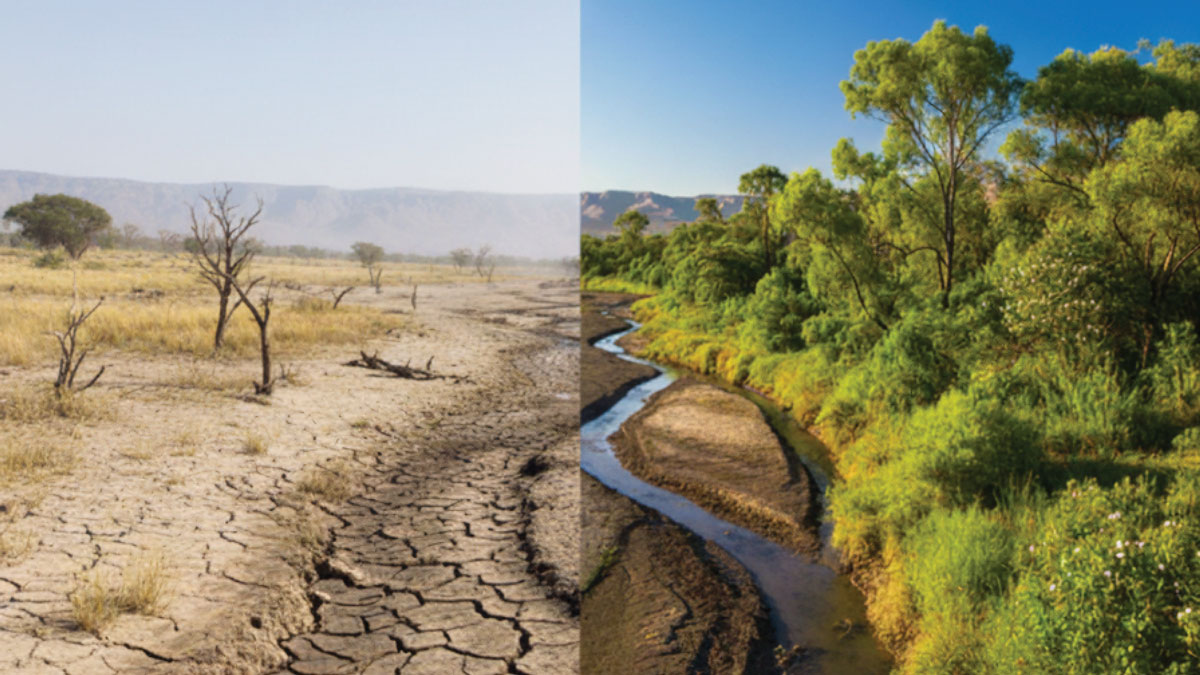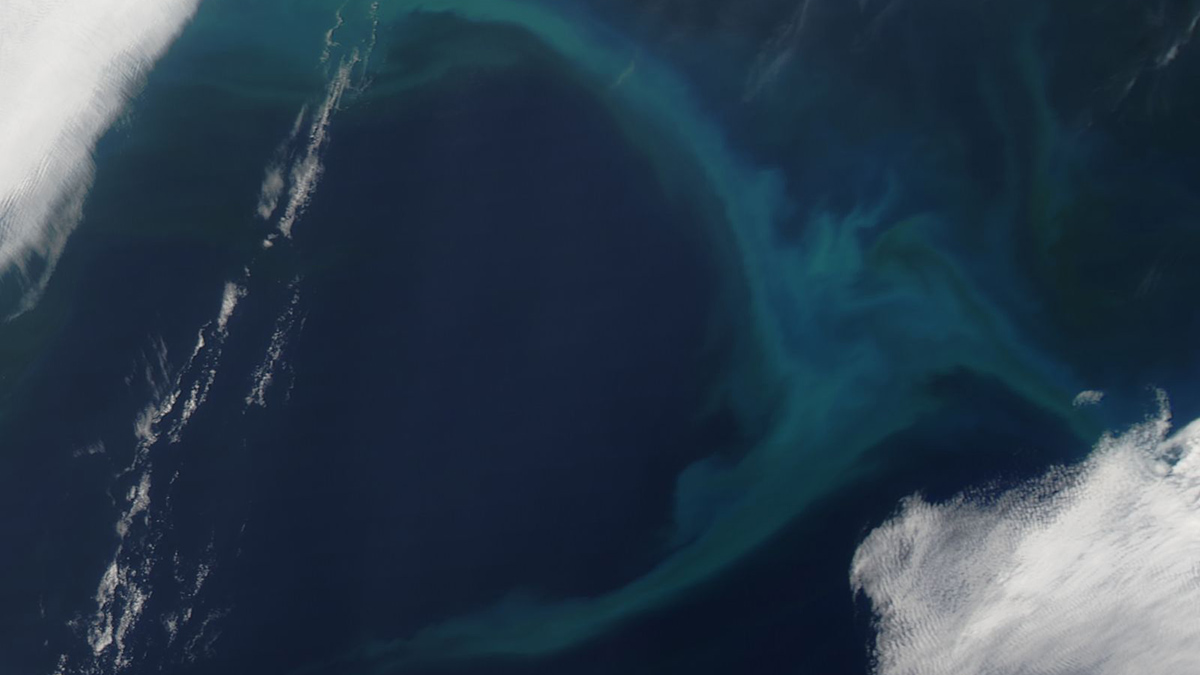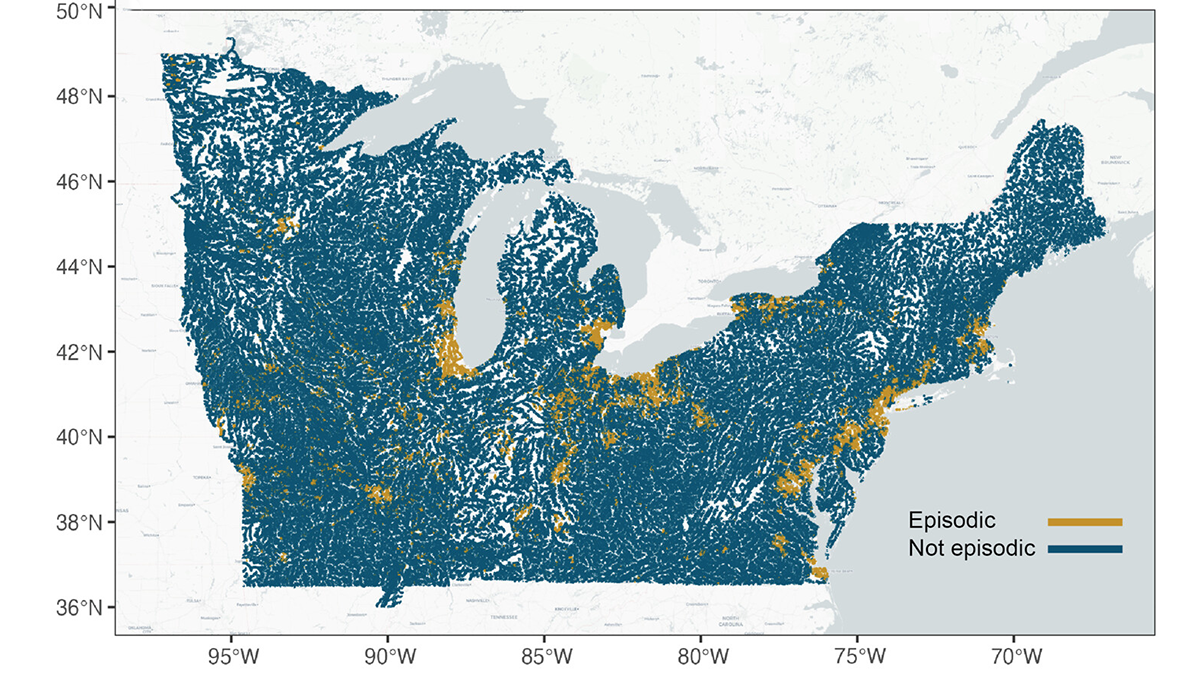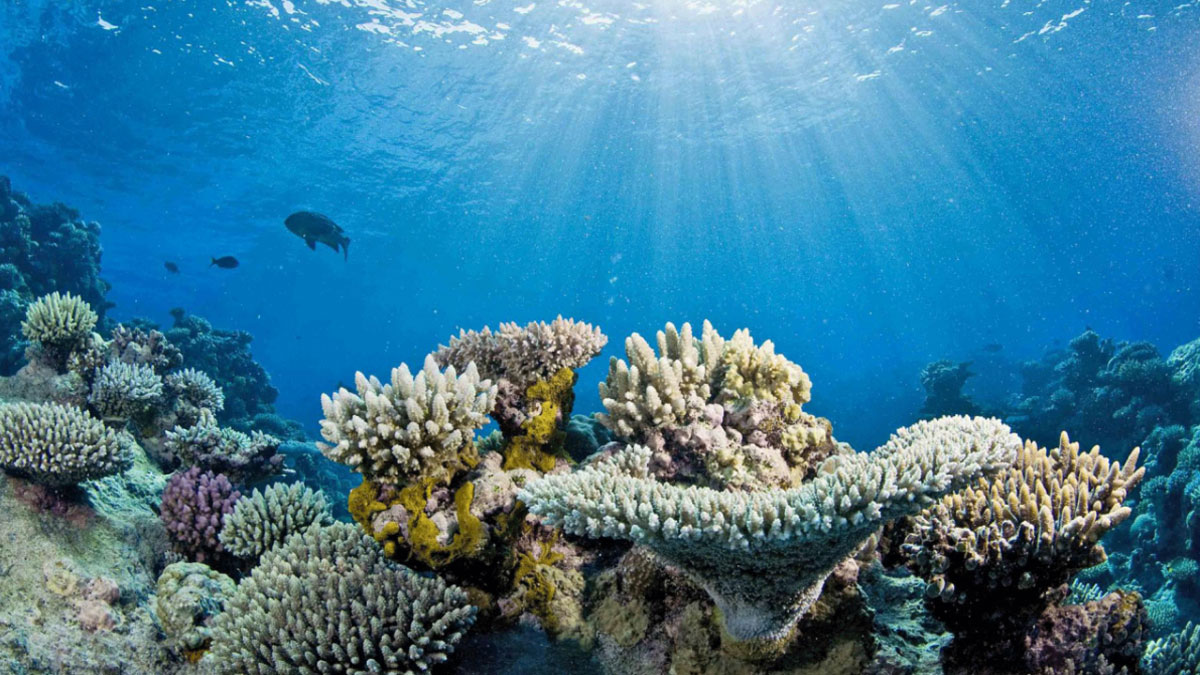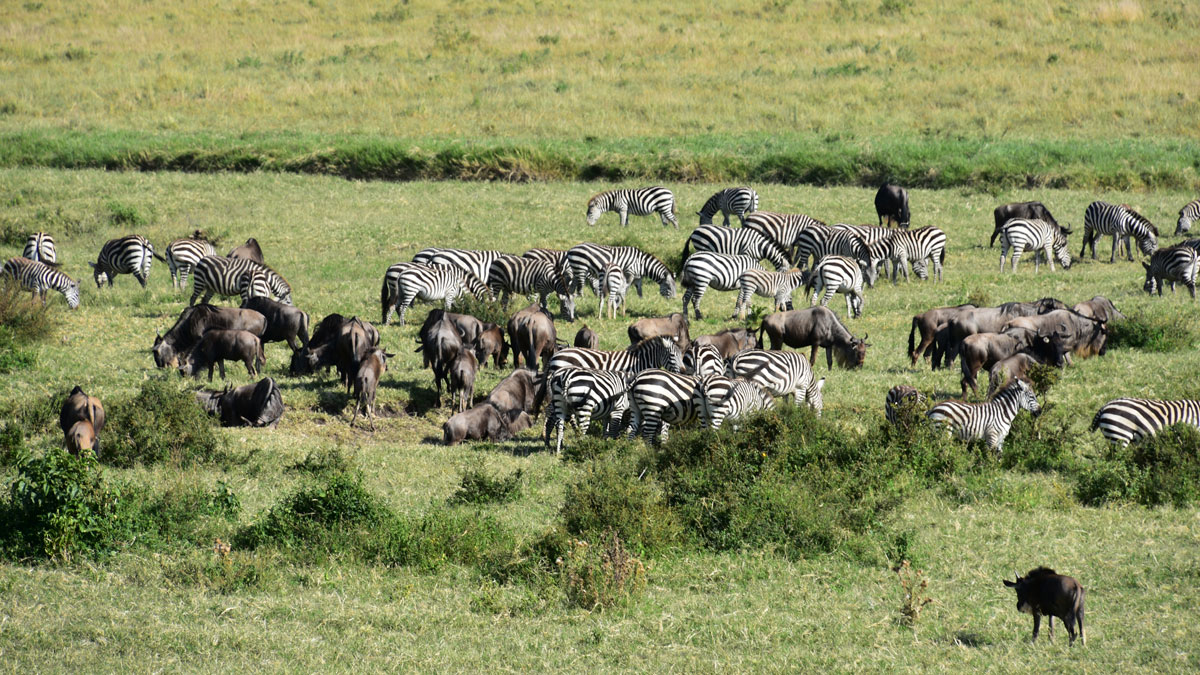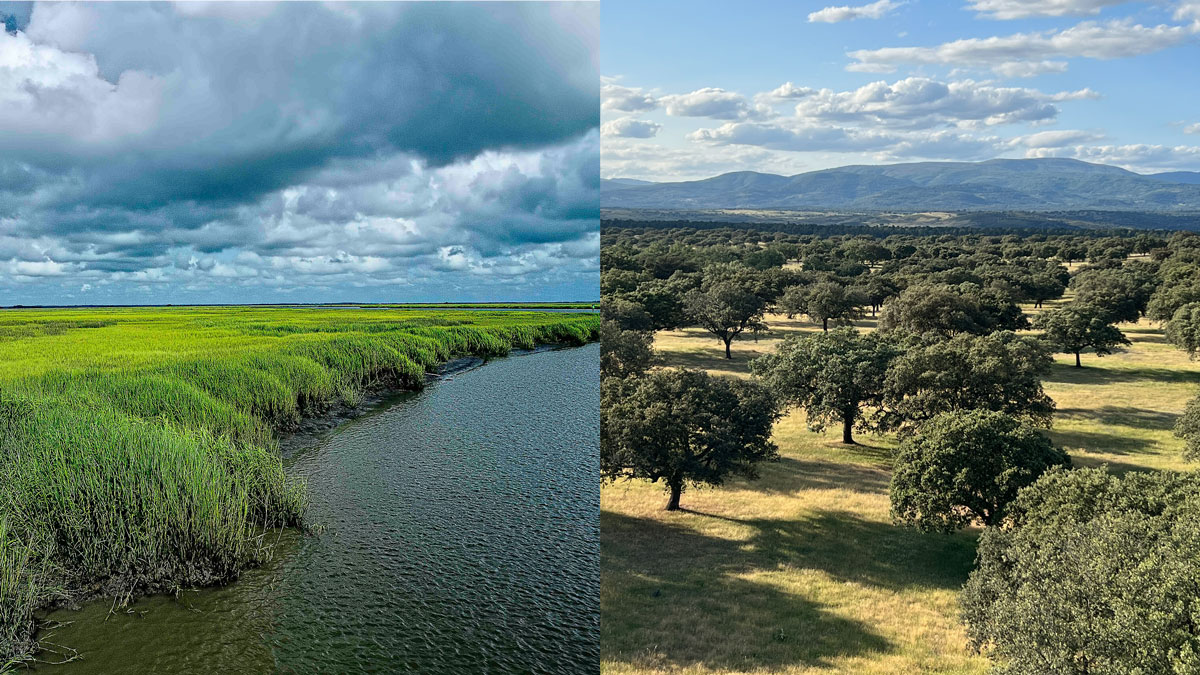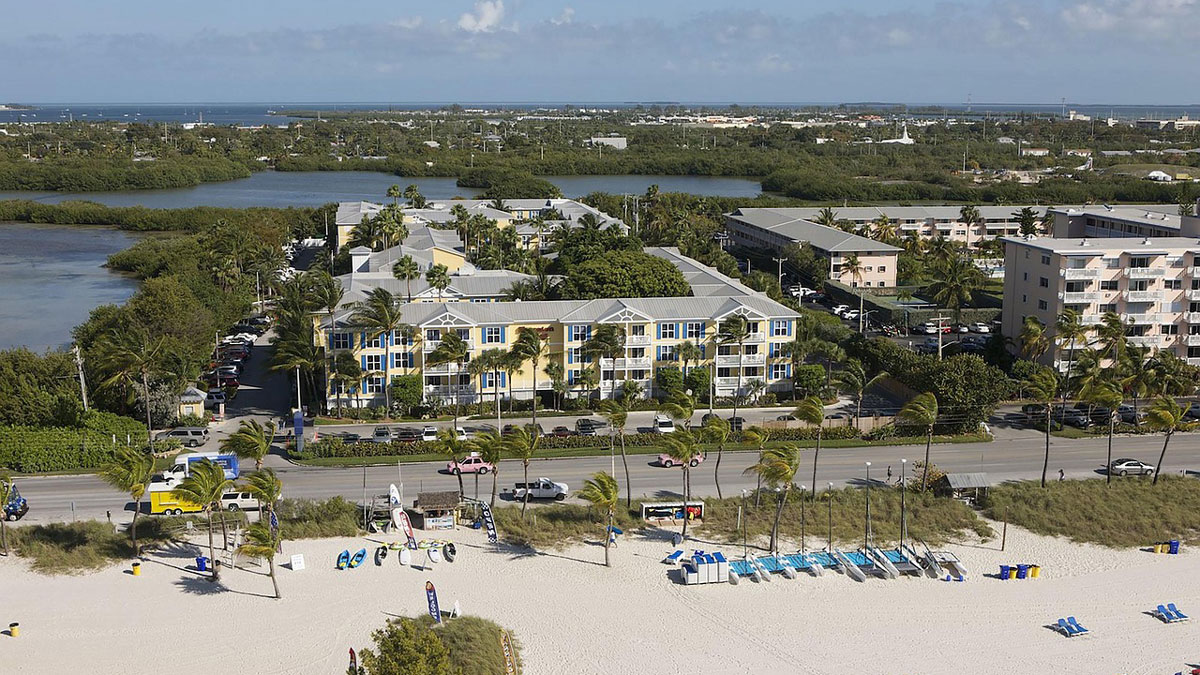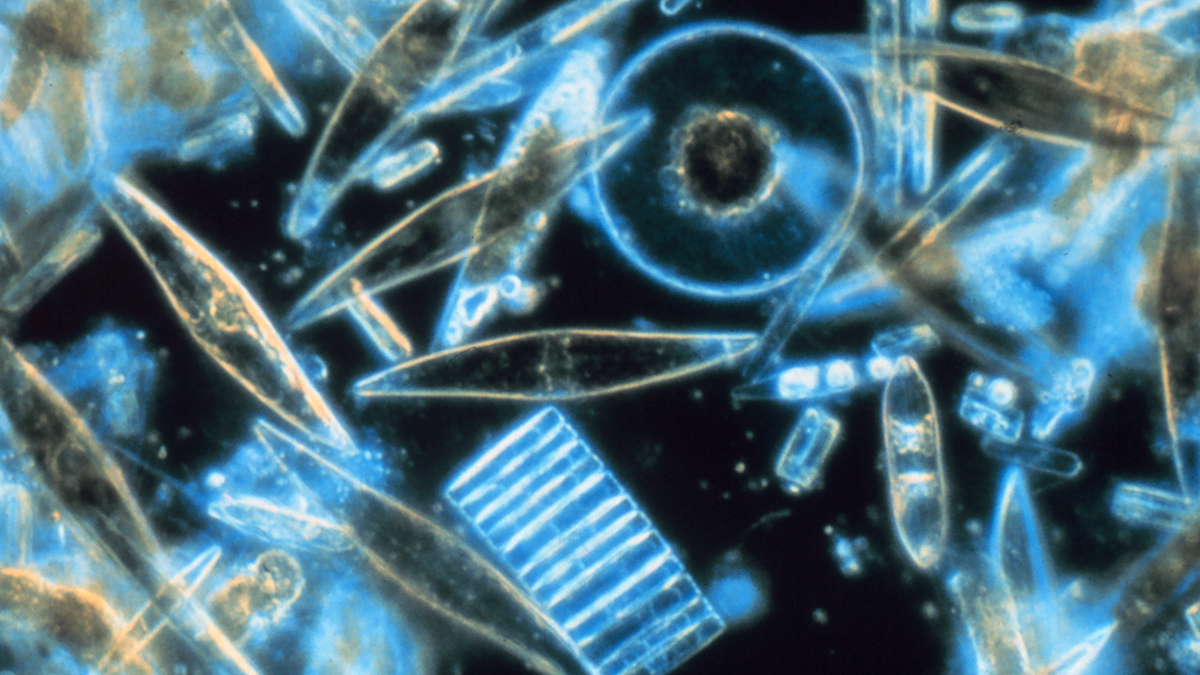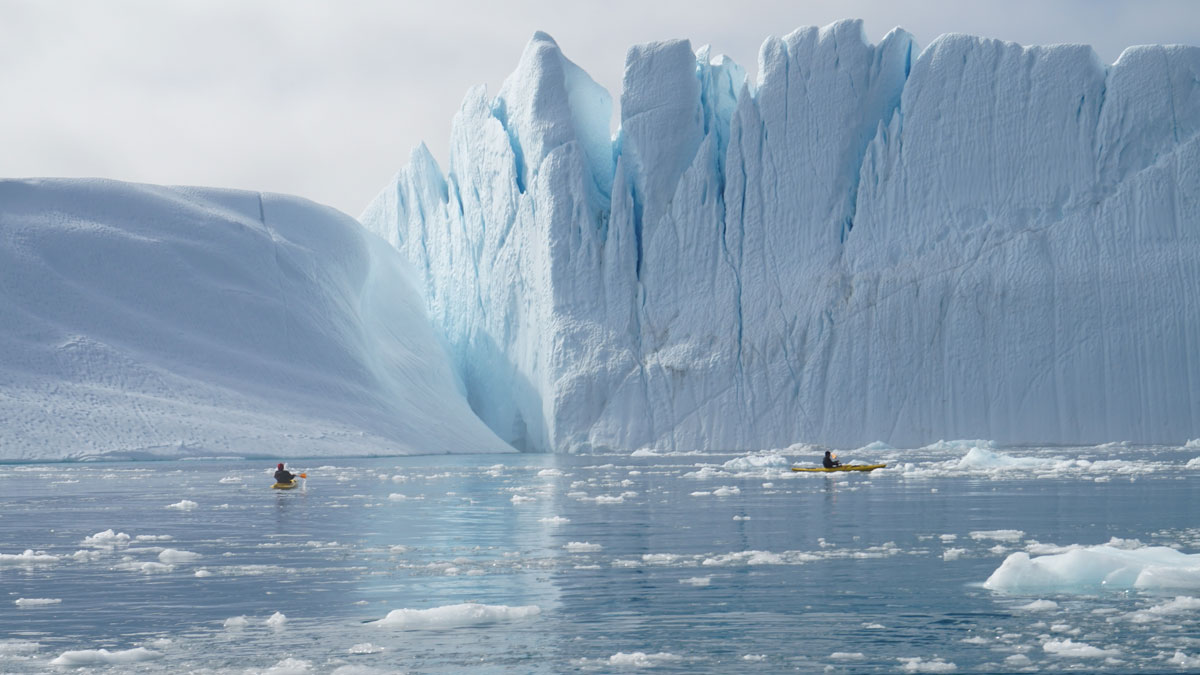A new study of nutrient levels in soil cores supports oral Indigenous history, informing future estuary restoration efforts.
ecosystems
An Ecosystem Never Forgets
A new study in southwestern China shows how ecosystems may exhibit “hydrological memory,” which affects how they react to extreme climate events such as heat and drought.
Wintertime Spike in Oceanic Iron Levels Detected near Hawaii
Seasonal rainfall and runoff of sediments from the Hawaiian Islands could be responsible for the previously undetected peak.
Episodic Tales of Salt
When episodic pulses of road salt hit after a winter storm, the impact can be like a lightning strike for the environment.
Could Stratospheric Aerosol Injection Help Save Corals from Bleaching?
New research indicates a well-studied form of climate intervention might at least buy time for many at-risk reefs.
Tracing Fire, Rain, and Herbivores in the Serengeti
Increasing amounts of rain fuel grass growth across the ecosystem and, consequently, the cycles of wildfire and animal migration.
Understanding Flux, from the Wettest Ecosystems to the Driest
Pulses of activity, from tides to precipitation swings, play a crucial, changing role in ecosystems worldwide.
Shallow Injection Imperfectly Filters Florida Wastewater
Injection of wastewater into shallow wells is meant to filter nutrients like nitrogen and phosphorus out of the wastewater. But a new study suggests that nutrients aren’t entirely eliminated—and may be polluting coastal waters.
Underwater Glacier-Guarding Walls Could Have Unintended Consequences
Although they would likely impede the warm currents that melt glaciers, such walls would also likely block fish migration and nutrient upwelling, harming marine ecosystems and Greenland fisheries.

